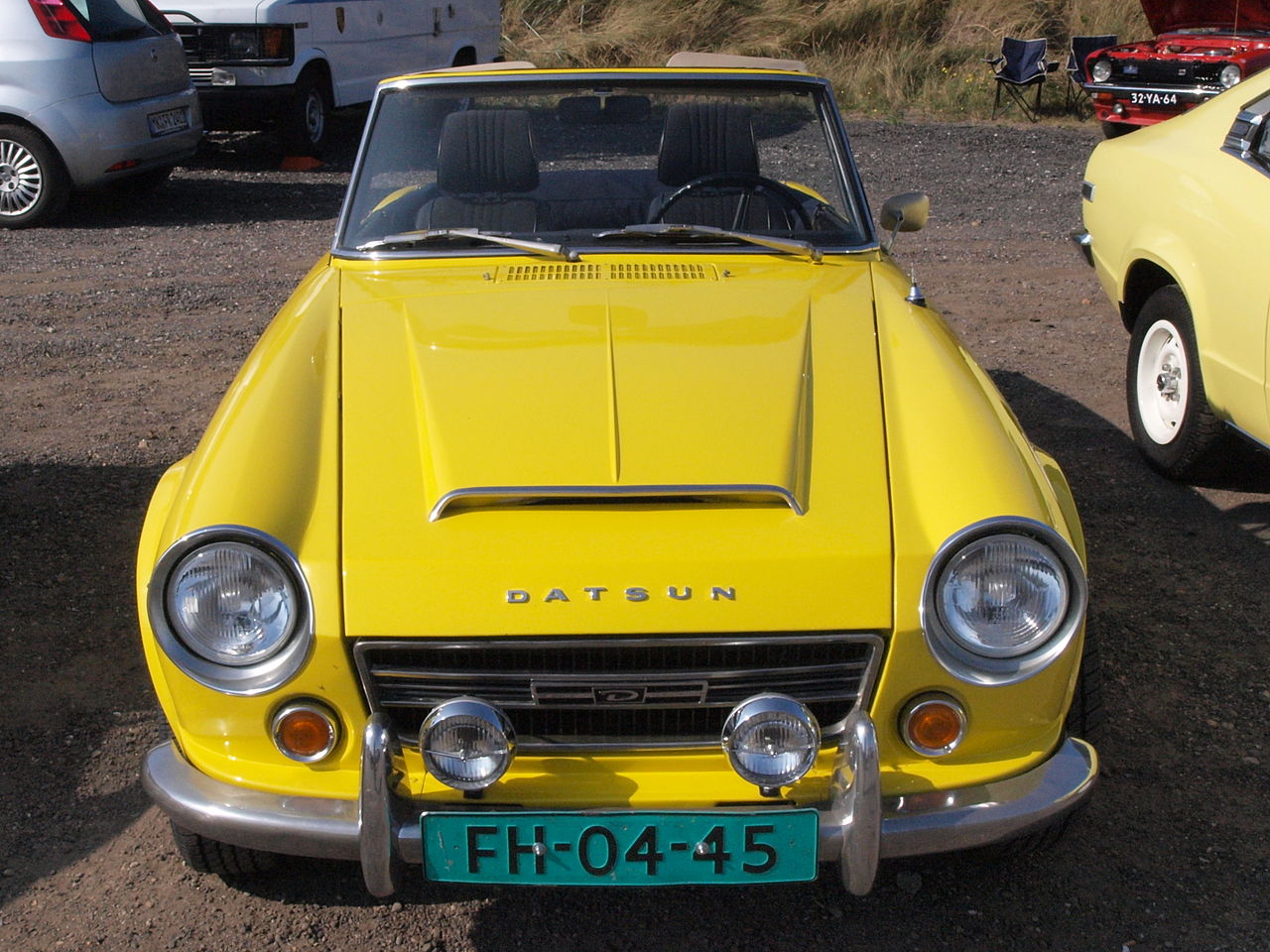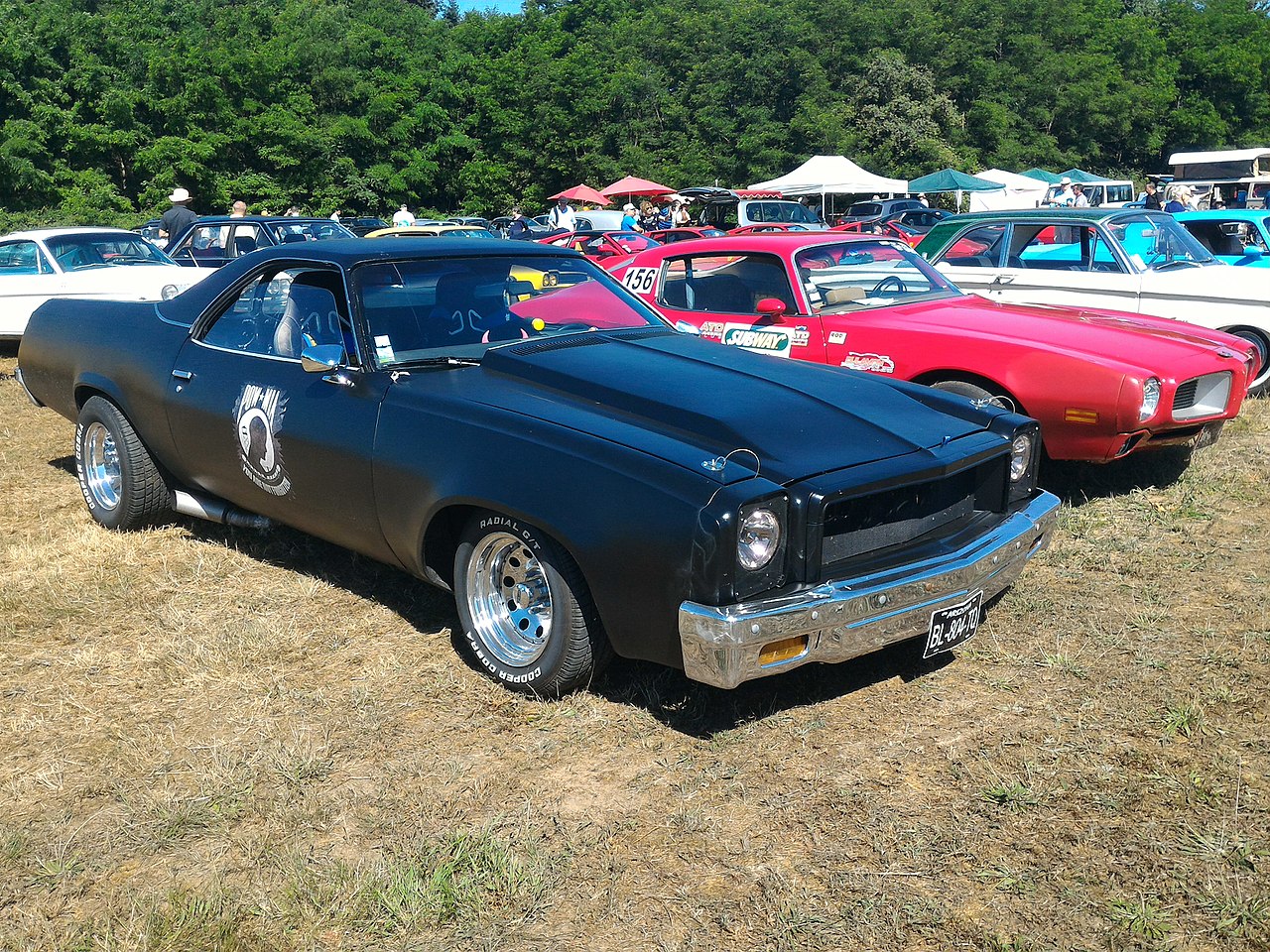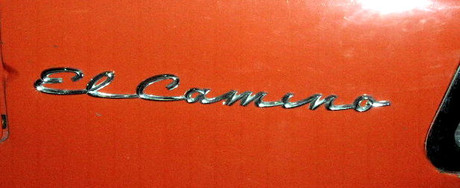Two-seaters great for very small groups
Posted by Dale Edward Johnson on Jul 20th 2022
Two seaters are a great way to go – if it’s only the driver and one passenger. For some people, that’s plenty of room.
There has been a wide variety of vehicles offered as two-seaters over the years.
The earliest cars were often one- or two-seaters, although the practicality of hauling passengers was soon obvious and extra seating was made available.
Right after the Second World War, soldiers returning to North America brought back a few MG-TCs, and the post-War sports car boom was underway.
During the 1950s, ’60 and ’70s there were plenty of imported two-seater sports cars, including the Austin-Healey Sprite, Datsun 2000, Datsun 240Z, Honda S600, Jaguar XKE, MGB, MG Midget, Mercedes-Benz 190 SL, Porsche 911, Triumph Spitfire, Triumph TR6, and many others.

North American automakers also offered two seaters. The Chevrolet Corvette was introduced in 1953. The Ford Thunderbird come out as a 1955 model as a two seater, but in 1958 it was changed to a four-seater and sales almost doubled. When the T-Bird was revived in 2002, it was a two-seater. The Nash Metropolitan was produced from 1954 to 1961.4
American Motors offered a two-seater AMX starting in 1968. It was essentially a Javelin with the mid-section chopped out, and sitting on a 97 inch wheelbase, vs. 109 for the Javelin. The two-seater AMX was offered for three years.
In the 1970s, Chevrolet offered a two-seater that wasn’t a Corvette. Chev briefly offered a two-seater Chevette; by not including a back seat the price was dropped.
From 1982 to 1988 there was the two-seater Ford EXP; Mercury’s version, the LN7, was sold in 1982 and 1983.
The Bricklin, produced in New Brunswick, was a two seater produced in 1974 and 1975. Another gull-wing two-seater sportscar was the DeLorean, produced from 1981 to 1983.
From the 1950s to the 1970s Ford produced Rancheros, which were based on two-door station wagons, but had a pickup bed in the back. These were either two- or three-seaters, depending on whether there were bucket seats or a bench seat.
It was a similar story at General Motors, with the Chevrolet El Camino and the GMC Sprint, and later the Cabellero.

A rival to the Corvette in the 1960s was the Shelby-Cobra, when Carroll Shelby stuffed a V-8 into a British-made two-seater, the AC Ace.
In 1965, Carroll Shelby modified the Ford Mustang, and the first year of the Shelby-Mustang did not include a back seat, as a way to reduce weight.
In 2016, Ford offered the high-performance Mustang Shelby GT350R; unlike the regular GT350, the R was lighter by stripping out some equipment, including air conditioning, the audio system, floor mats and the back seat. Ford later made the back seat (and the other equipment) optional.
Recent high-performance models of the Dodge Challenger offered a rear seat delete option, again to save weight. Two seaters faded in the 1980s and ’90s but never totally disappeared. The Pontiac Fiero, produced from 1984 to 1988, was a two seater. Mazda introduced the Miata in 1989, with styling reminiscent of British two-seaters of the 1960s, but with new technologies and safety features.
In recent years, there have been two-seaters such as the Buick Reatta, the Cadillac XLR, the Maserati TC, the Pontiac Solstice and the Smart car.
These days, two-seaters include models from Aston-Martin, Audi, Corvette, Jaguar, Lotus, Mazda, Mercedes, Nissan, Porsche and Toyota.
Although two seaters are not top-selling models, there is enough demand for some specialized cars with room for just the driver and one special person.


